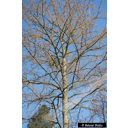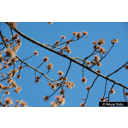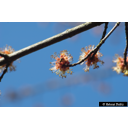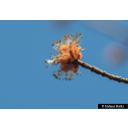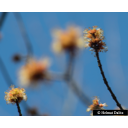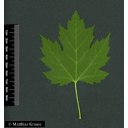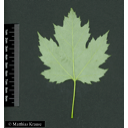Useful information about the taxon (species, subspecies, variety...)
Acer rubrum L. 1753
Sapindaceae
(APG IV)red maple, scarlet maple, swamp maple, soft maple, water maple, Carolina red maple, Drummond red maple
Akzessionnummer: LG-X-057-20429
Pflanzjahr: 1998
Patenschaftstext: Für Dominique Zambaz zum 23.3.2000
Taxon concept: The Plant List (2014), version 1.1
Distribution: eastern Canada; USA: northeastern, north-central, northern and southern States of the Great Plains and southeastern incl. Florida
Acer rubrum L. - Accepted: Acer rubrum L. bei The Plant List (2010); Familie: Sapindaceae (APG III)Acer rubrum L. - Accepted: Acer rubrum L. bei Zander 2008; Familie: Aceraceae (Zander 2008)Acer rubrum L. - Accepted: Acer rubrum L. bei The Plant List (2014), version 1.1; Familie: Sapindaceae (APG III)Acer rubrum L. - Accepted: Acer rubrum L. bei The Plant List (2010); Familie: Sapindaceae (APG IV)Acer rubrum var. trilobum Torr. & A. Gray ex K. Koch - Accepted: Acer rubrum var. trilobum Torr. & A. Gray ex K. Koch bei Global Biodiversity Information Facility; Familie: Sapindaceae (APG IV)Acer rubrum var. trilobum Torr. & A. Gray ex K. Koch - Accepted: Acer rubrum L. bei Plants of the World Online; Familie: Sapindaceae (APG IV)Acer rubrum L. - Accepted: Acer rubrum L. bei World Flora Online - APG IV (Angiosperms); Familie: Sapindaceae (World Flora Online - APG IV (Angiosperms))
- Flowers
- monoecious or dioecious species (polygamo-dioecious), i.e. individual trees may be all male or all female or some individuals may have both male and female flowers; fragrant flowers in drooping racemes
- Flower ecology
- wind-pollinated and insect-pollinated (especially by bees)
- Life form
- tree
- Foliage persistence
- deciduous
- Fruits
- red to red-brown winged nutlet (samara)
- Fruit ecology
- wind-dispersed (anemochorous) and animal-dispersed (zoochorous) (by squirrels and chipmunks)
- Natural occurrence (habitat)
- floodplains, floodplain forests, elm-ash forests, mixed forests, cove forests, stream terraces, margins of rivers and lakes, wet thickets, marshes, swamps, hammocks, sandy plains, dunes, oak savannas
- Vegetation typ and synecology (plant community)
- temperate, mixed mesophytic broad-leaved deciduous forests to the fringes of boreal forests
- Constraints according soil conditions
- tolerant of flooding and water-logged soils
- Constraints according habitat
- intolerant of fire (due to thin bark)
- Usage
- wood is used for furniture, veneer, cabinetry, plywood, barrels, pallets, crates, flooring, and railroad ties; the sap of the tree can be used to make maple syrup; different parts of the tree were used medically by Native Americans to treat hives, pains, cataracts, eye infections, coughs and diarrhoe; planted as an ornamental tree
- Altidudinal lower limit (sea level in m)
- 0
- Altitudinal higher limit (sea level in m)
- 900
Bundesamt für Naturschutz (BfN) (1999-2001 and ongoing): Floraweb - Daten und Informationen zu Wildpflanzen und zur Vegetation Deutschlands. www.floraweb.de.; Erhardt, W., Götz, E., Bödeker, N. & Seybold, S. (2008): Der große Zander. Enzyklopädie der Pflanzennamen. Band 2. Arten und Sorten. Eugen Ulmer KG, Stuttgart (Hohenheim), 18. Aufl., 2103 S.; Oberdorfer, E. (2001): Pflanzensoziologische Exkursionsflora. Für Deutschland und angrenzende Gebiete. Eugen Ulmer Verlag, Stuttgart, 8., stark überarb. u. erg. Aufl, 1056 S. 978-3-8001-3131-0.; Pritsch, Günter et al. (2007): 200 Trachtpflanzen erkennen und bewerten.. Kosmos, Stuttgart;
Diese Webseite verwendet Google Maps, um Karten und Standorte von Pflanzen in den Hohenheimer Gärten anzuzeigen. Dadurch werden unter Umständen Daten an Google weitergeleitet, was mit einer Verarbeitung Ihrer personenbezogenen Daten verbunden sein kann. Die Datenschutzerklärung von Google finden Sie hier: Datenschutzerklärung von Google

